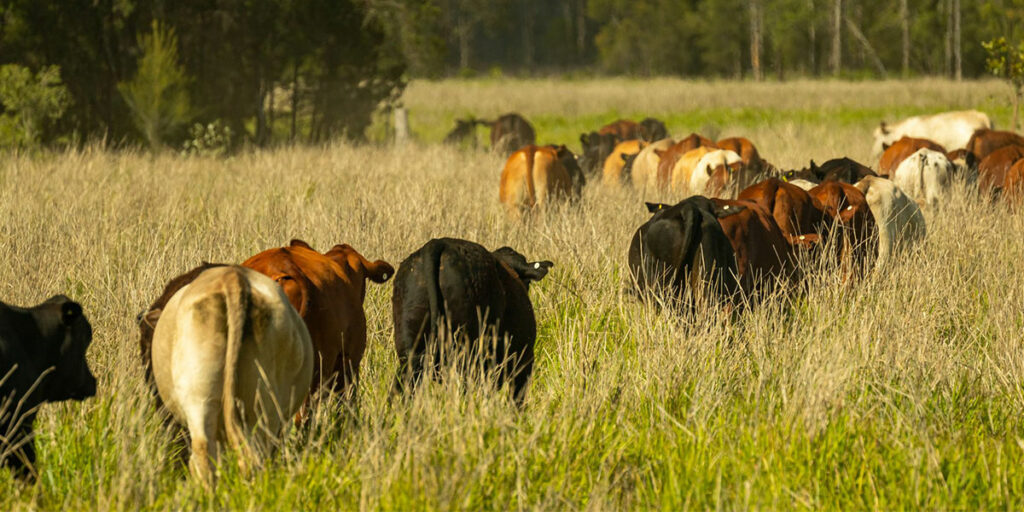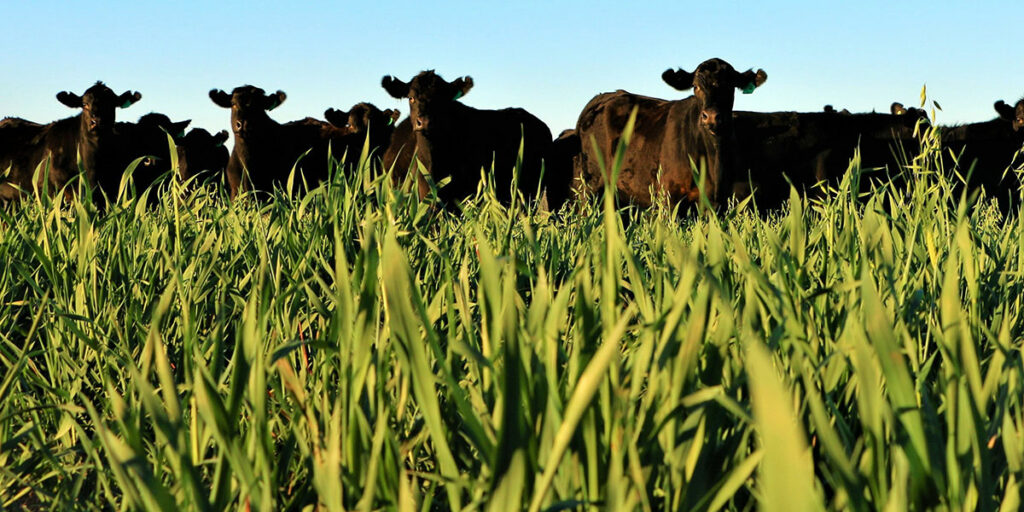Carbon credits are a dinner table topic just now. Especially in agriculture where the conversation circles around earning carbon credits, and what role sequestration (adding carbon to the soil via photosynthesis) plays in this. But what is sequestration and carbon credits and who cares? In this article, we discuss what sequestration is, and how producers in Australia can earn carbon credits via soil carbon farming as part of their business strategy.
What is sequestration?
Keeping it simple, sequestration is a process that captures and stores carbon dioxide in soil, vegetation, or other geologic formations. It works by taking the emissions from burning fossil fuels such as coal and oil, then storing them safely away from the atmosphere so they can’t contribute to climate change. This helps reduce the amount of greenhouse gases released into the environment. Sequestration also has a positive effect on soil health by increasing soil organic matter and improving soil structure. In addition, soil sequestration of carbon dioxide can increase crop yields and improve soil fertility. With soil sequestering up to four times more carbon than trees or plants alone, soil sequestration offers an important approach to reducing atmospheric concentrations of carbon dioxide while improving soil health at the same time.
What is soil carbon farming?
Soil carbon farming is an agricultural practice that seeks to sequester carbon dioxide from the atmosphere and store it in soil. The process of soil sequestration helps reduce atmospheric CO2 levels, which can help mitigate climate change. Soil carbon farming involves using various soil management techniques such as cover cropping, reducing tillage, and composting organic matter to increase soil fertility and improve soil structure. These practices also increase microbial activity in the soil, resulting in more efficient uptake of nutrients for crops and increased water retention capacity. This practice has been adopted by producers across Australia, especially in Queensland and New South Wales, as an effective potential means of earning carbon credits, known in Australia as – Australian Carbon Credit Units (ACCUs).
What are ACCUs?
Australia is the global leader when it comes to a framework developed to measure, manage, and reward carbon farming. No other nation has a methodology as robust and accountable. Indeed, in the recent Chubb Review, a document detailing the health of Australia’s framework, it was identified by the author, Australia’s former Chief Scientist, that the system Australia developed, notwithstanding areas of improvement, is in good shape.
ACCUs are a unit of tradeable currency in Australia’s Emissions Reduction Fund. One ACCU represents one tonne of carbon dioxide equivalent that has been abated through soil carbon farming. Soil carbon farming is a type of agriculture that improves the soil’s ability to store carbon. This helps to offset emissions from other sources, such as power plants and factories. ACCUs are bought and sold on the open market, and they can be used to offset emissions from other activities. For example, a company that emits 100 tonnes of carbon dioxide equivalent could purchase 100 ACCUs to offset its emissions. Alternatively, the company could reduce its emissions by implementing soil carbon farming practices on its own property. In this way, soil carbon farming can help to reduce emissions and encourage investment in climate-friendly practices.
How Australian producers can get involved and diversify their business
Firstly, like many agricultural practices scale has a lot to do with the likelihood of success. When it comes to soil carbon farming, properties of over 500ha in areas of annual rainfall above 500mm are most likely to sequester enough CO2 via photosynthesis into the soil for the economic benefits to be realised.
The process begins with an initial property assessment via a NetCarbon™ Plan or similar. A detailed document that provides the landholder with an understanding of how the specifics of their property e.g. size, soil type, rainfall etc will transfer into CO2 sequestrated into their soil and over what time. Having this means that the landholder, can with some confidence, make business decisions using proven financial metrics include Internal Rate of Return (IRR) and Net Present Value (NPV). Simply though, the more tonnes sequestered, the more ACCUs earned.
Next, if the NetCarbon™ Plan stacks up the levels of soil organic carbon (SOC) are measured. This is known as ‘baselining’ and involves a drilling and sampling vehicle taking samples (up to 1200mm deep) across the property. The deeper and more numerous the samples taken, the more accurate the SOC analysis will be and this in turn may increase the chance of an improved longer-term investment. Once the soil health has been established, a plan will need to be developed outlining how soil carbon farming practices will be implemented on the land. This includes detailing which techniques or methods will be used along with any potential risks involved in their implementation. This was covered earlier in the article and focused on management techniques such as cover cropping, reducing tillage, and composting organic matter to increase soil fertility and improve soil structure. This is a Government requirement for soil carbon farmers wanting to earn ACCUs.
After establishing a plan, data must be recorded throughout the soil carbon farming process in order to track soil health and soil carbon storage. The more accurate data that is collected, the easier it will be to verify soil carbon sequestration when submitting an application for the issuance of ACCUs. Verification is a key step in earning ACCUs as it confirms that soil carbon has been stored on the land managed for soil carbon farming. Without independent and audited verification ACCUs will not be issued.
Five Point Summary
- Sequestration is a process that captures and stores carbon dioxide in soil, vegetation, or other geologic formations.
- Soil Carbon Farming involves specific soil management techniques to increase the capacity of the land to store carbon dioxide from the atmosphere.
- Australian Carbon Credit Units (ACCUs) are tradeable currency in Australia’s Emissions Reduction Fund; one ACCU represents one tonne of abated CO2 equivalent through soil sequestration.
- Producers across Australia can earn ACCUs by implementing various soil management techniques such as cover cropping, reducing tillage and composting organic matter on their property.
- Data must be recorded throughout this process for verification purposes before submitting for ACCU certificates to get rewarded with credits.
There is a lot to digest, and an experienced guide will make the process simpler and more worthwhile. For more information on soil carbon farming and earning ACCUs, contact us today. Our team of experts are here to help you benefit from soil carbon farming and get the most out of your land by earning ACCUs.



